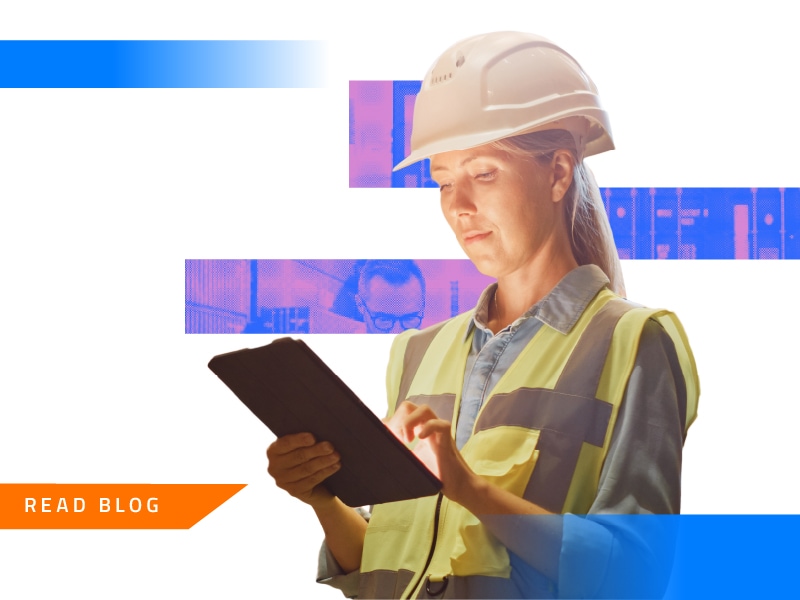Home > TradeEdge > Blogs > How AI-driven demand sensing is the future of supply chain
How AI-driven demand sensing is the future of supply chain

The phrase building resilient supply chains has been a part of the business lexicon for decades. But the COVID pandemic brought the spotlight on the vulnerabilities of the global supply chain network and made it front-page news. Supply chains have become more complex, interconnected, and global than ever before. And traditional demand planning approaches have been proved inefficient in predicting sudden disruptions anywhere in the network. In order for businesses to build a resilient supply chain and stay future-ready always, they need to catch the demand signals as early as possible. AI-powered demand sensing is precisely what companies need today.
Importance of data in accessing real-time demand signals
AI-powered demand sensing thrives in the presence of data. Data is essential for real-time demand signals, minimizing out-of-stock situations, and preventing lost sales. However, due to persistent data challenges, businesses often struggle to meet the data needs for demand planning.
Four key challenges when it comes to demand planning data needs
There are four key challenges we see when it comes to demand planning data needs, such as: –
Demand sensing — A supply chain game-changer
According to a report by Reuters, nearly 37% of companies reported poor visibility due to internal siloes, a lack of data-driven information, and an over-reliance on their internal data. These factors impaired their ability to detect emerging threats deep down in their demand-supply network.
These numbers should not worry companies since they have all seen the worst side effect of faulty demand signal capturing measures. Hence, the question remains – how to capture the rapidly evolving demand-supply dynamics on time and how to do it right?
Intelligent demand sensing powered by AI technology is the only solution for all the problems mentioned earlier.
Hence, in order for an AI-powered demand sensing solution to work well, there should be unhindered accessibility of data. Since AI thrives in the presence of data, any silo existing can impair the actionable decision-making pertaining to demand predictions.
For instance, TradeEdge Demand Sensing aggregates real-time data about product sales and inventory across multiple channels and provides actionable insights. This provides granular visibility into network-wide sales and inventory, helping businesses understand what is selling, where and at what speed.
How is AI redefining the future of demand sensing?
Traditionally, predicting future sales was simply done by considering historical sales statistics. It is born out of the belief that history repeats itself continuously. But, the same approach was negated when the pandemic showed not everything follows the same pattern and that demand can change dramatically by unprecedented triggers.
AI demand sensing with capabilities like Deep Learning and Machine Learning helps improve forecast reliability and creates an agile and responsive supply chain network.
Benefits of demand sensing:
The bottom line is…
Demand sensing can be the best bet when markets are becoming more volatile than ever, and customer demands change at lightning speed. And, with more external factors impacting the global demand-supply value chain more frequently, creating a cascading effect downstream, it is better to catch those early signals to stay future-ready.


Possibilities Unlimited
Possibilities Unlimited
Inspiring enterprises with the power of digital platforms
More blogs from EdgeVerve →